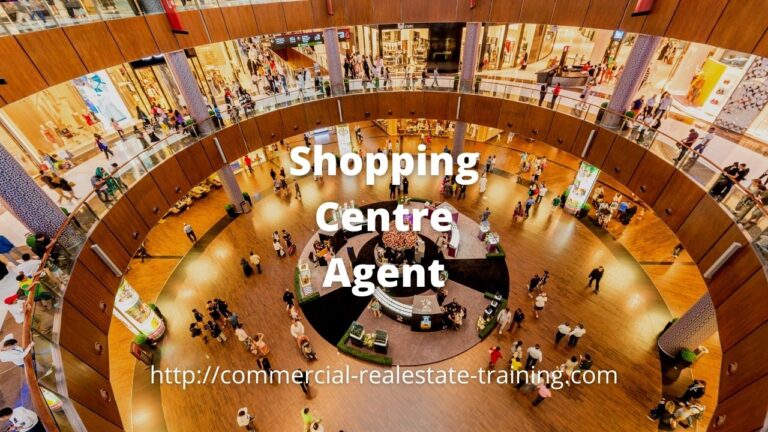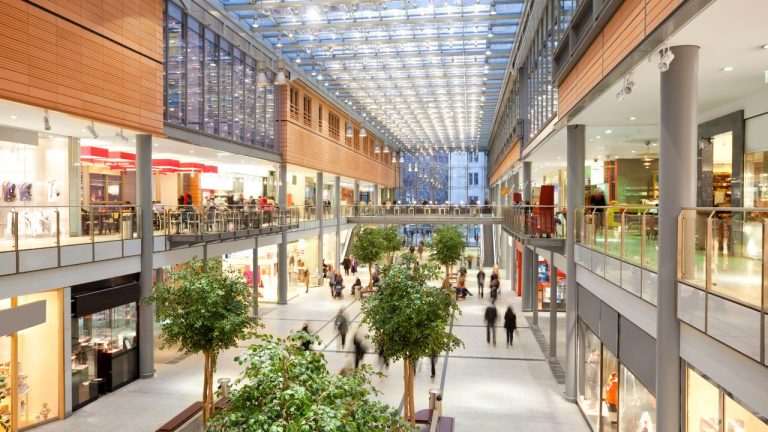Shopping Center Management – How to Map Permitted Uses for Better Sales and More Customers
In retail shopping centres you choose tenants based on business history and tenant types. Essentially you are choosing the best tenants to optimise property income and occupancy. If you have the right tenant mix then customers will keep coming back to the property over time. In retail that is what you want.
Any high quality shopping centre will usually have a tenant mix that has been well considered and shaped over the years. That is the job of the shopping centre manager and leasing manager. The right mix of tenants and retail offering is important. When you have the right tenant you can lock in their business activities through the permitted use clause of the lease.
It’s a Planning Thing
The permitted use of premises for each tenant will be planned so that there is no unnecessary overlap of merchandising or product offering in the clusters and precincts of tenants around the property.
To understand the clustering issues and priority precincts do a survey to see how people enter the property and move through it. Understand what those customers are looking for as they move around the property; perhaps you will need some marketing research to get to those facts.
So here is the ‘golden rule’ that applies to permitted use and retail shopping centre leasing:
- Give each tenant sufficient flexibility so they can make reasonable sales within their core product range. Don’t let tenants move outside their core product range to the detriment of other tenants in the property selling similar products and services.
If you get the permitted use controls established fairly and firmly in a shopping centre, and if you balance the tenant mix as part of that process, then there should be plenty of sales for all concerned. Good levels of sales will then support a growth in market rental. It’s a carefully crafted equation of property occupancy versus use.
Here are some more ideas to merge into the property analysis and permitted use:
- Clustering – Where are the tenant clusters in the property and how do they impact sales? Look at the customer access points and the areas where people congregate. In a large shopping centre you will have many retail clusters and they will all be separately built using sales as a core point of focus.
- Tenant placement – Each tenant should be selected for their core retail offering. Don’t let them move away from the product that they are known for and sell best. The lease document is the best way to control permitted use of premises.
- Better tenants – Exactly who are your better tenants in the property and why is that so? When you understand your good tenants, you can locate other complementary tenants around them.
- Rent types – You will have different rental types in the property and the rental will be impacted by outgoings and recoveries of those outgoings. Do you prefer gross or net rent in the property? What are the market rent conditions for each renal type?
- Lease types and conditions – Review every lease so that you know what the conditions of occupancy are and will be doing to the property over the years. Renovation and relocation provisions are part of that process. How will those renovation requirements impact property use and presentation?
- Lease expiry dates – Negotiate and watch the lease expiry dates so you do not get too many leases expiring at the one time. Any vacancy is a risk and a threat to building stability and investment. Make sure you negotiate all your leases so they do not disrupt the property income in any major way at expiry time.
So the permitted use process is part of lease negotiation. Control the permitted uses that you apply to each of your lease negotiations. Its all really a matter of common sense for the tenant and the landlord to work through as part of the tenant mix.






